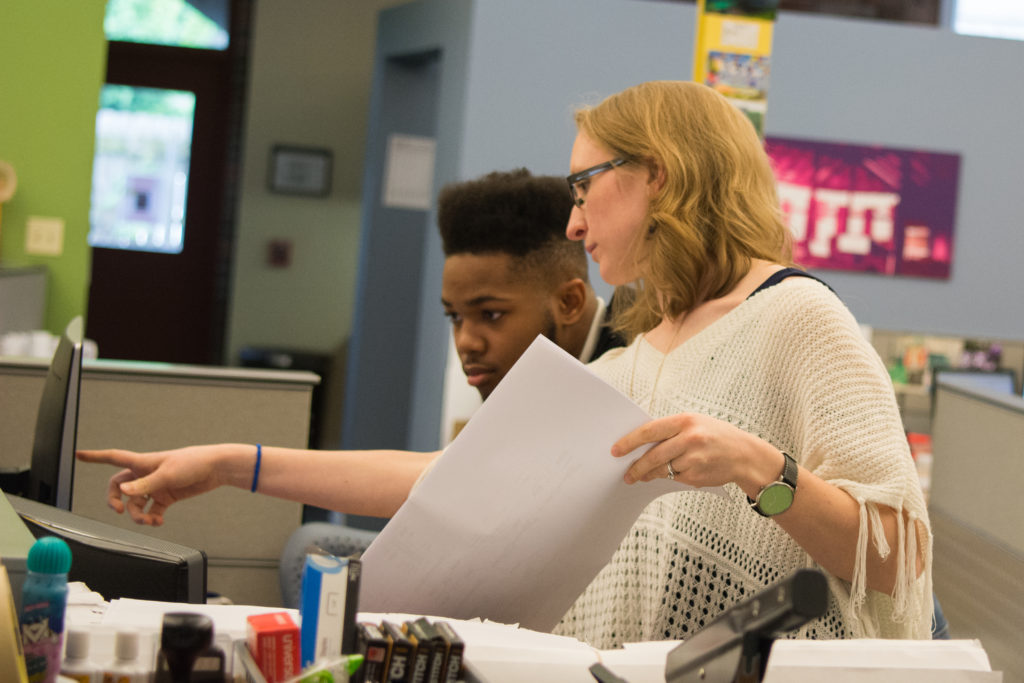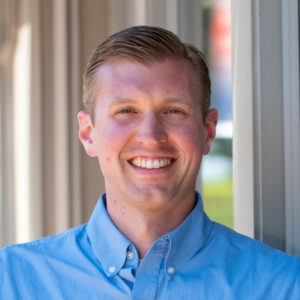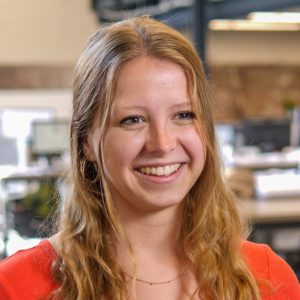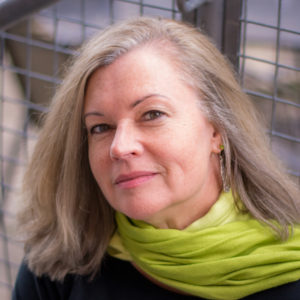Eleanor Huntley - Architectural Intern
Committed to educating future architects, ThenDesign Architecture (TDA) accepts architectural interns into our office each year. Eleanor Huntley spent her summer months as an intern at TDA. Eleanor, who was initially interested in engineering, decided to study architecture since it provided opportunities for creative problem solving and to affect people’s everyday life. She is driven to explore educational design and improve each student’s experience while impacting their local community.
Reflecting on her time at TDA, Eleanor commented: “I learned to value the communication and collaboration between everyone in the process. There are a lot of people involved, from clients, to construction managers, to consultants and architects. Everyone needs to be satisfied with the project because each building will last for years to come.” Eleanor continues, “It’s very rewarding to feel like the work you are doing actually matters and contributes to society. Since TDA specializes in education and really focuses on the client, they have been very successful in this.”
Questions for Eleanor Huntley
What is your typical day like?
For my internship, I worked with James Cowan, a project manager, and Jeff Henderson on the East Tech Culinary Program Renovation. They have both been wonderful, teaching me as we go, and to collaborate with on this project. We are in design development and when construction starts, I hope to come back to see more of that process.
Typically, each morning, I reorient myself on tasks for the day and begin working in Revit. The morning is when I can complete assignments from the previous days discussions. This could be adjusting classroom and furniture layouts, or producing new renderings. I do a lot of renderings! Then in the afternoon, we meet together and work through any changes we received from the client. Since this project is built in Revit, I update the model, produce new floor plans and send them to the client for any changes. The next day it begins all over again!
How was the internship different than you expected?
This is my first professional internship with an architecture firm. I had some experience as a senior in high school, but it was from the client’s perspective and the work was largely limited to my high school. At TDA, I am working directly on an architectural model.
I came to this internship expecting to do background work and maybe sit in a few meetings. I thought the project manager or principal architect would primarily work with the client. It was a huge surprise when I was given an important role. During my time, I attended a lot of meetings, corresponded with our clients, and they knew me by name. I was so excited when I got my first phone call!
What was memorable about your time at TDA?
I just really loved the environment and culture at TDA. The people are super genuine to one another. All the interns were great too. I loved working with them, and hanging out after work with them. It was a unique environment and culture compared to the other firms that I’ve shadowed.
The new office is especially exciting, it is such an open space. I was sitting at one of the collaborative tables, which was a little nerve wracking at first, but it was also nice to see everyone working. I think it encouraged in-person collaboration and made communication much easier. It was really exciting.
What lessons did you learn in this internship?
A value that all architects should have, and TDA does really well, is to communicate and collaborate with everyone in the project. There’s a lot of people involved whether it’s a client, construction manager, consultant or architect. Everyone needs to be satisfied when the project is finished because it’s something that will last for years to come. Each building is a product of many people’s input.
Also, education is always changing and flexibility needs to be a priority in new schools. I think since TDA specializes in education and really focuses on their clients, they have been very successful in their projects. That communication and attention is something I want to carry forward in my career.
This is my first professional internship with an architecture firm. I had a senior one in high school that lasted an entire year. Again, it was more on the client side, but I got to visit firms, shadow a whole bunch of different projects, but the primary work was in my high school. So this is the first one where I’m in the Revit model and I’m doing work for the client myself.
I’ve worked most closely with Jeff and James for this, and they’ve been wonderful to collaborate with and teach me as we go. I came into this internship in the beginning of the summer with the expectation that I’d be more on the “back door” or the “back end” of it. So it’s exciting to be really, really involved in the team. I got to come up with a couple ideas that we’re moving forward with. I designed the storefront and where windows can go, that the chefs were super excited for. So it was really rewarding for me to see my work be shown to the client and the client get excited about it. You know, so I loved that.
I think a value that all architects should have, I think TDA really does have, is that “communication and collaboration.” I mean, there’s a lot of people involved in a project, because this is something that’s likely going to last for years to come. Education’s always changing, so there needs to be flexibility for change. I think TDA by specializing in education and really focusing on the client, I think they’re really successful in that. And that’s something that should be taken, with not only myself, but with any architect I believe.
It’s very rewarding to feel like the work we’re doing actually does matter and is really contributing as opposed to just giving “the intern” busy work to maybe learn about the culture and the process, but not necessarily influence the project if that makes sense. I just really loved the environment at TDA, and the culture. I think the people are super genuine to one of another. The other interns were great and I loved working with them and hanging out with them. It’s the kind of environment and culture that I think makes TDA really unique compared to other firms that I’ve seen and shadowed and worked with a little bit, especially in the new office. I think makes things super exciting for everybody.
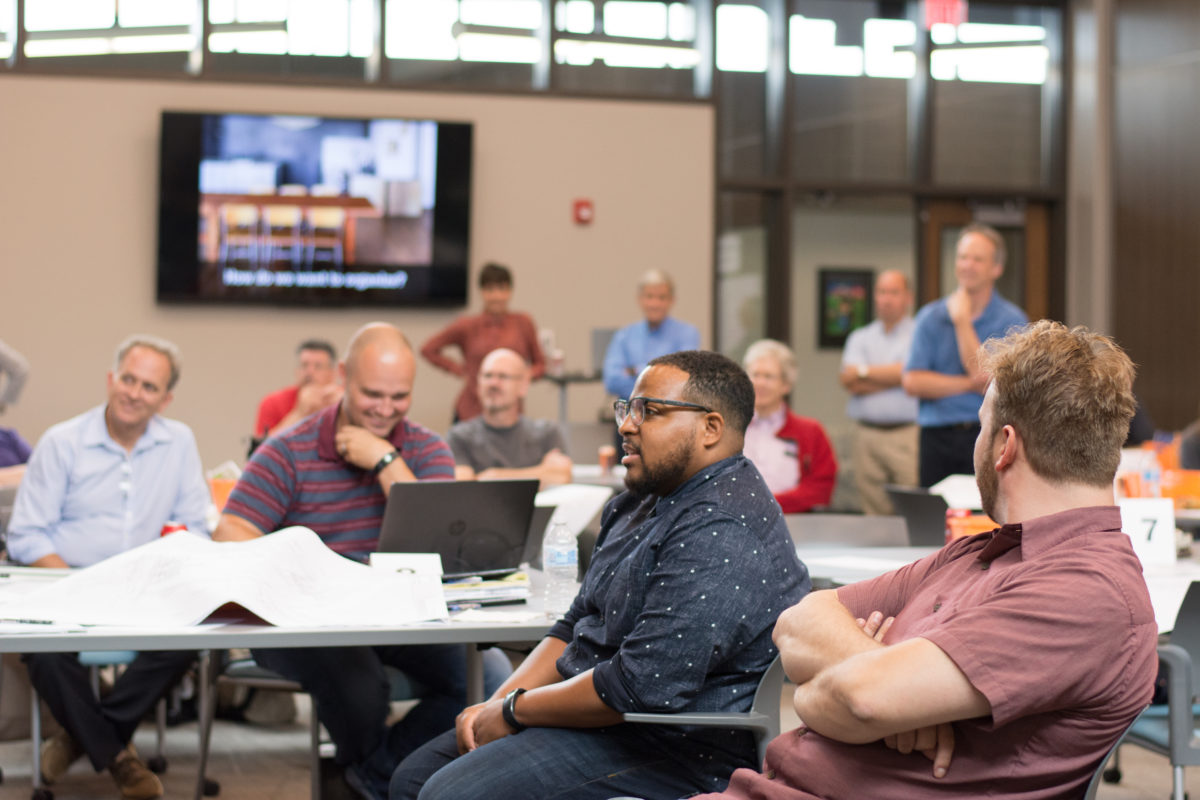


Let’s work together to make education better. Interested in speaking with us? Get in touch!
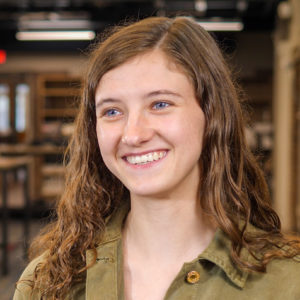
Eleanor Huntley
Architectural Intern
Get our newsletter with insights, events and tips.
Recent Posts:
Mentor’s CARES House: Autistic Education Comes Home
Perry High School Unveils a State-of-the-Art Welding Lab
ThenDesign Architecture Celebrated its 35th Anniversary
Capital Improvement Plans Work

Eleanor Huntley
Eleanor Huntley spent her summer months as an architectural intern at TDA. Eleanor, who was initially interested in engineering, decided to study architecture since it provided an opportunity for creative problem solving and affect people's everyday life.


